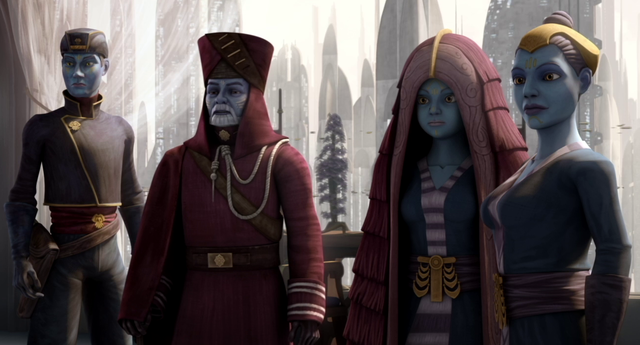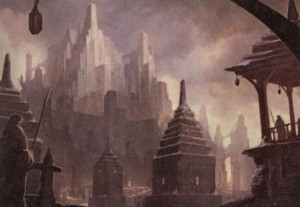 The very essence of a myth is how it is not set in stone. Stories change as they are told and retold, and multiple versions of one story is considered perfectly reasonable. In the present, there are plenty of franchises that are very well-known, stories that almost anyone can recognize a few references from even if they aren’t in the fandom. Star Wars is very much one of those- by now, pretty much everyone has heard a few of the iconic lines, and the main characters and imagery are known worldwide. We can even argue that by now, Star Wars has transcended the “film franchise” status and is now a modern-day myth. It’s not just the prominence of the Star Wars franchise, but the very narrative structure. Even recent developments, like the Legends announcement, actually fit well with the modern-myth status.
The very essence of a myth is how it is not set in stone. Stories change as they are told and retold, and multiple versions of one story is considered perfectly reasonable. In the present, there are plenty of franchises that are very well-known, stories that almost anyone can recognize a few references from even if they aren’t in the fandom. Star Wars is very much one of those- by now, pretty much everyone has heard a few of the iconic lines, and the main characters and imagery are known worldwide. We can even argue that by now, Star Wars has transcended the “film franchise” status and is now a modern-day myth. It’s not just the prominence of the Star Wars franchise, but the very narrative structure. Even recent developments, like the Legends announcement, actually fit well with the modern-myth status.
The hero’s journey, as described by scholar Joseph Campbell, was one of the most powerful influences on Star Wars, and we have every reason to think that the sequel trilogy will fall into that same pattern. Maybe our hero is going to be Rey this time, but the very pattern of the hero’s journey is probably going to stay intact. If we’re talking about myth-making, maintaining the narrative structure is going to ensure it. It’s simple- an ordinary person gets a call to adventure, and often reluctantly accepts. They go off on a long journey that often includes some very dark times, a somewhat ‘journey through the underworld,’ and eventually emerge triumphant. This is an excellent format for storytelling, and it gives Star Wars a framework that fits its setting perfectly.
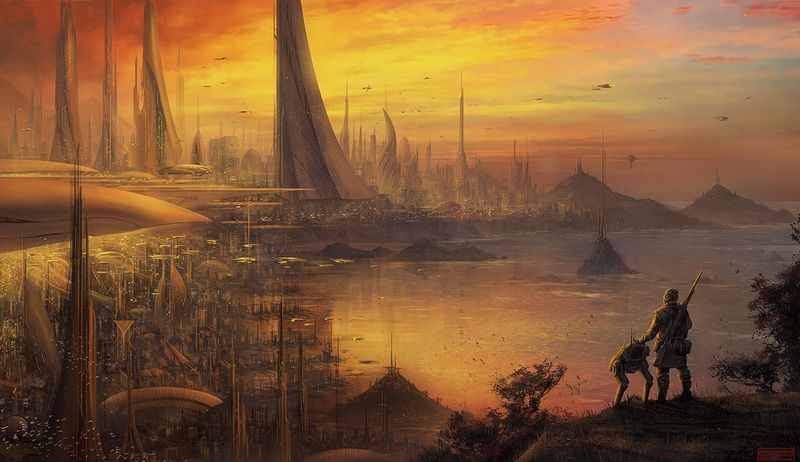
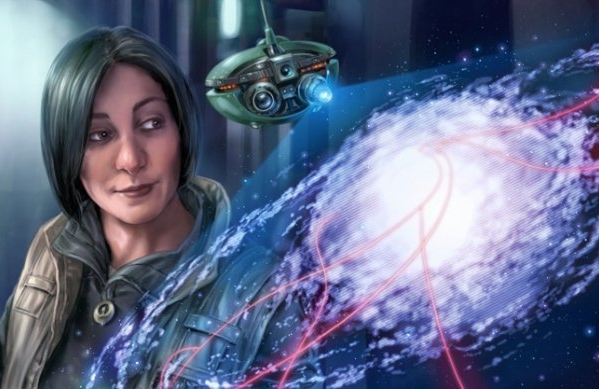 , but there are still places too remote to easily access? There’s a fine balance in science fiction of allowing technology to be advanced enough to travel through space, while maintaining a sense of exploration and wonder. Star Wars accomplishes this feeling well, just by looking at a map of the galaxy.
, but there are still places too remote to easily access? There’s a fine balance in science fiction of allowing technology to be advanced enough to travel through space, while maintaining a sense of exploration and wonder. Star Wars accomplishes this feeling well, just by looking at a map of the galaxy.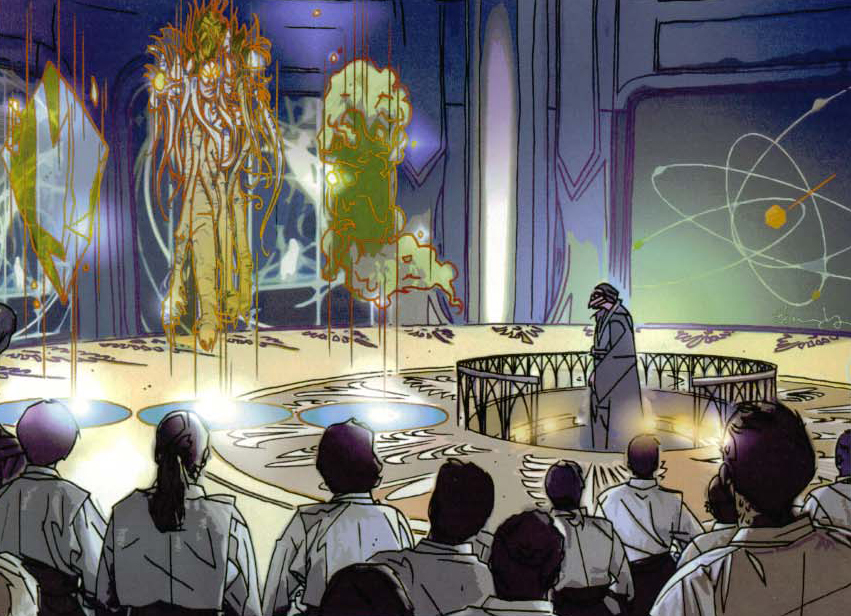 The Force is that mystical life force, the thing that surrounds us and binds us together. It operates like a sixth sense and seems to have a will of its own, grants supernatural powers, and can be tapped into by nearly every sentient species that exists. The Force itself also functions as a character. It’s kind of a centerpiece of a lot of Jedi- and Sith-focused stories, to the point that it can almost be considered an independent party on its own. The nature of the Force has been pondered over the years, its purpose varies depending on how you use it, but it very much is the focal point of so many tales. When bringing balance to the Force is a main objective of the OT, it clearly states that this weird life energy is something that the galaxy just can’t live without.
The Force is that mystical life force, the thing that surrounds us and binds us together. It operates like a sixth sense and seems to have a will of its own, grants supernatural powers, and can be tapped into by nearly every sentient species that exists. The Force itself also functions as a character. It’s kind of a centerpiece of a lot of Jedi- and Sith-focused stories, to the point that it can almost be considered an independent party on its own. The nature of the Force has been pondered over the years, its purpose varies depending on how you use it, but it very much is the focal point of so many tales. When bringing balance to the Force is a main objective of the OT, it clearly states that this weird life energy is something that the galaxy just can’t live without.